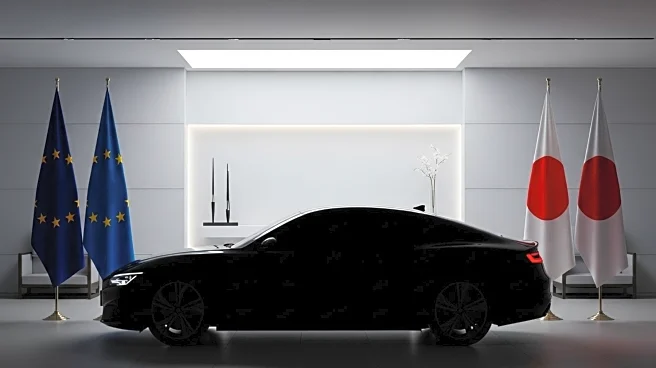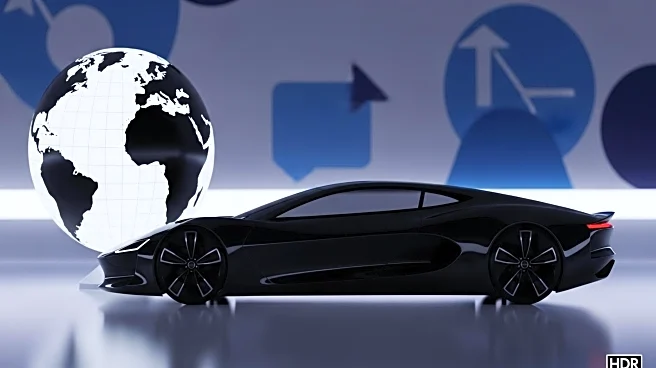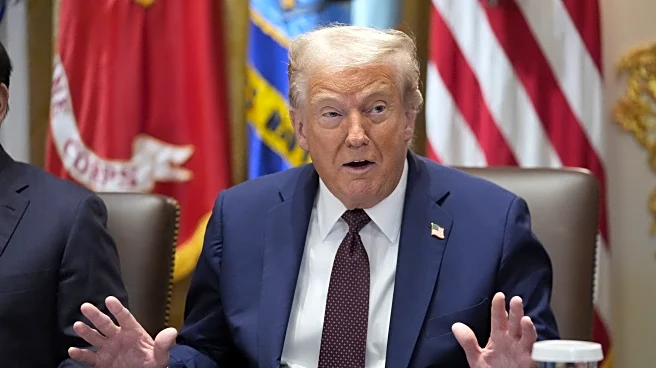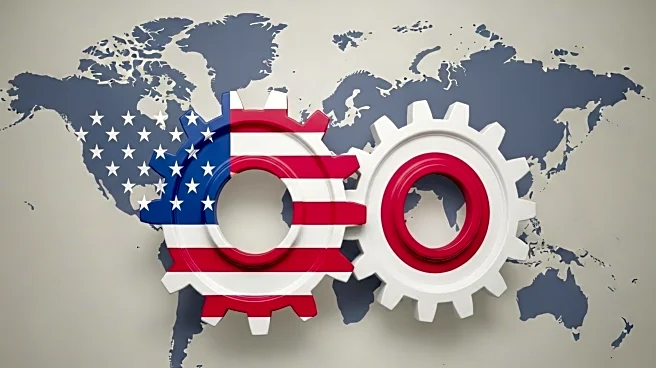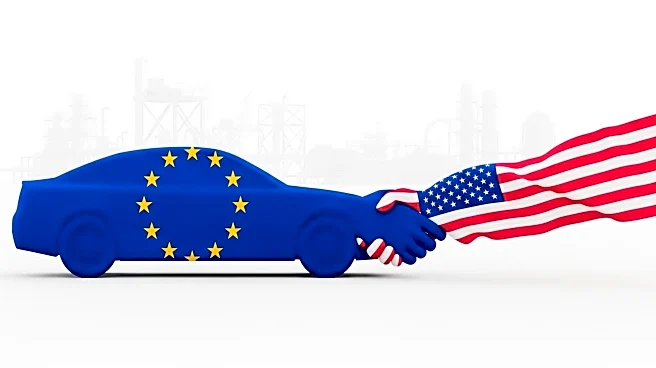What's Happening?
In July 2025, the European Union and Japan reached separate trade framework agreements with President Trump, aiming to reduce tariffs on automotive imports. The agreements propose lowering tariffs from 27.5% and 25% to 15%. While these terms have faced criticism for being asymmetrical and primarily benefiting the United States, they have also been welcomed for bringing a degree of certainty to the global automotive market. The agreements are seen as a significant step in stabilizing trade relations and potentially boosting the automotive industry by reducing costs associated with cross-border vehicle sales.
Why It's Important?
The reduction in tariffs is significant for the global automotive industry, particularly for U.S. manufacturers and exporters. By lowering the cost of exporting vehicles to the EU and Japan, American automotive companies could see increased competitiveness in these markets. This move may also encourage other countries to negotiate similar agreements, potentially leading to a more integrated global automotive market. However, the criticism regarding the asymmetry of the agreements suggests that there may be underlying tensions that could affect future trade negotiations. The agreements could also impact domestic industries in the EU and Japan, which may face increased competition from U.S. imports.
What's Next?
The implementation of these tariff reductions will likely lead to increased trade activity between the U.S., EU, and Japan. Automotive companies may adjust their strategies to capitalize on the new trade conditions, potentially leading to shifts in production and export patterns. Policymakers and industry leaders will be closely monitoring the impact of these agreements on domestic markets and international trade dynamics. Further negotiations may be necessary to address any imbalances or concerns raised by stakeholders in the EU and Japan.


